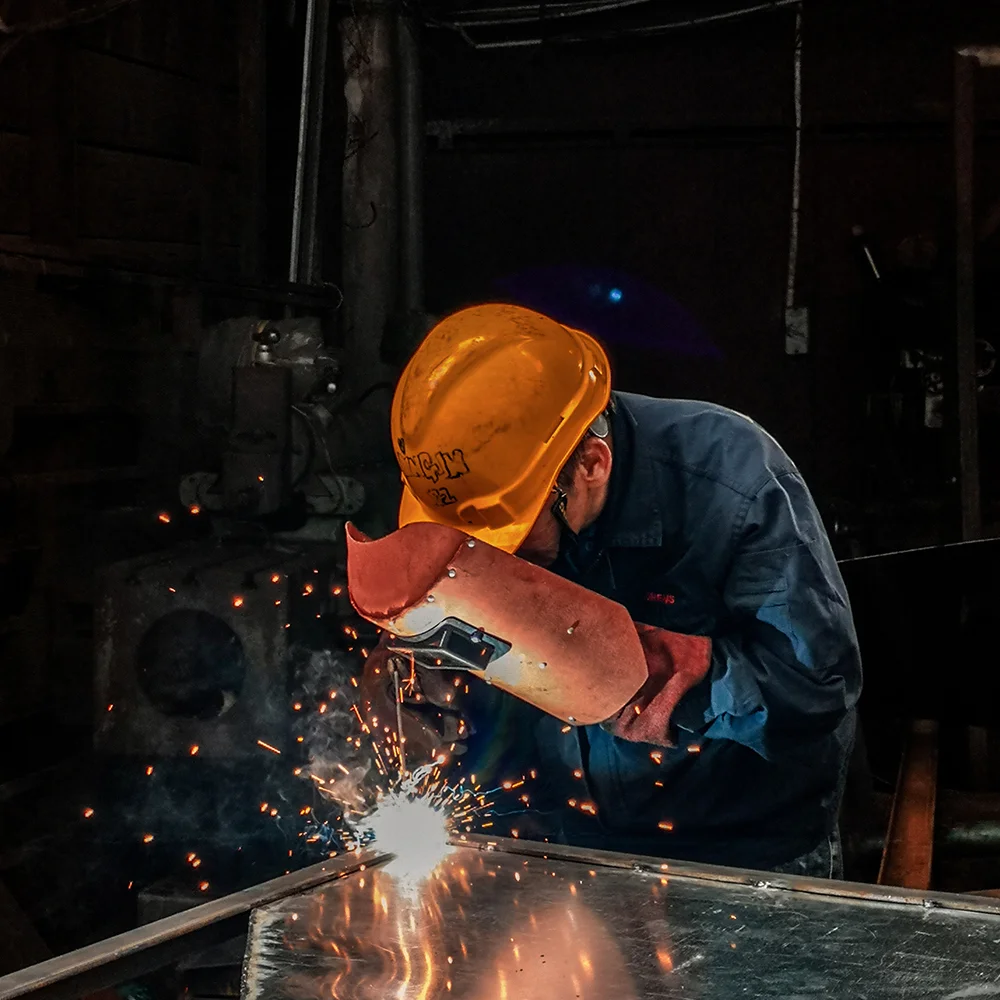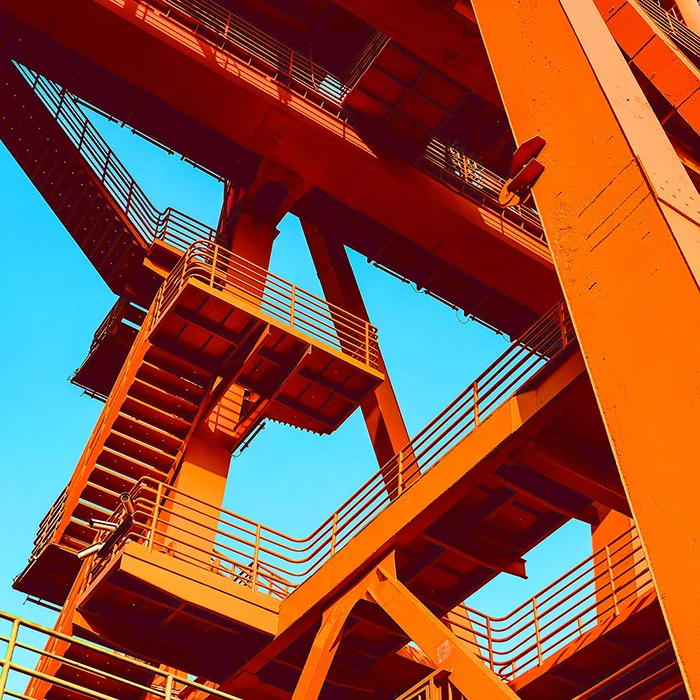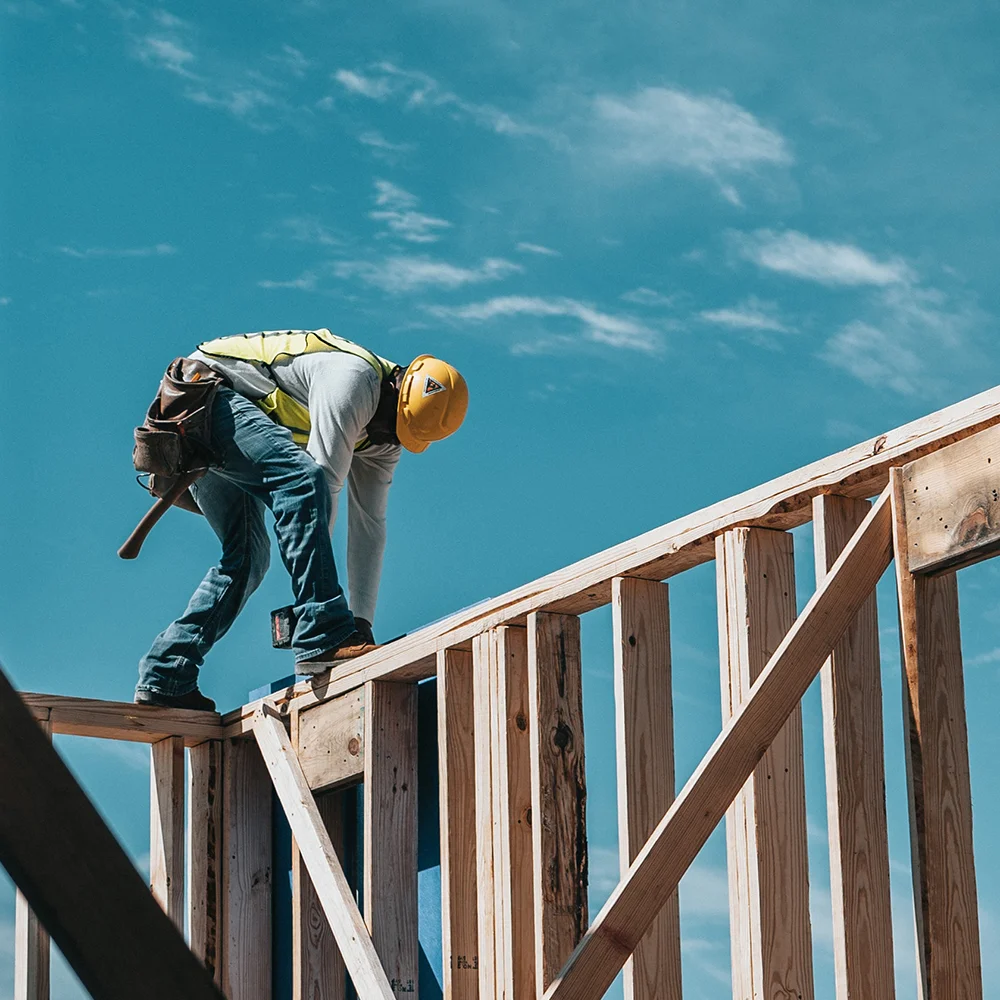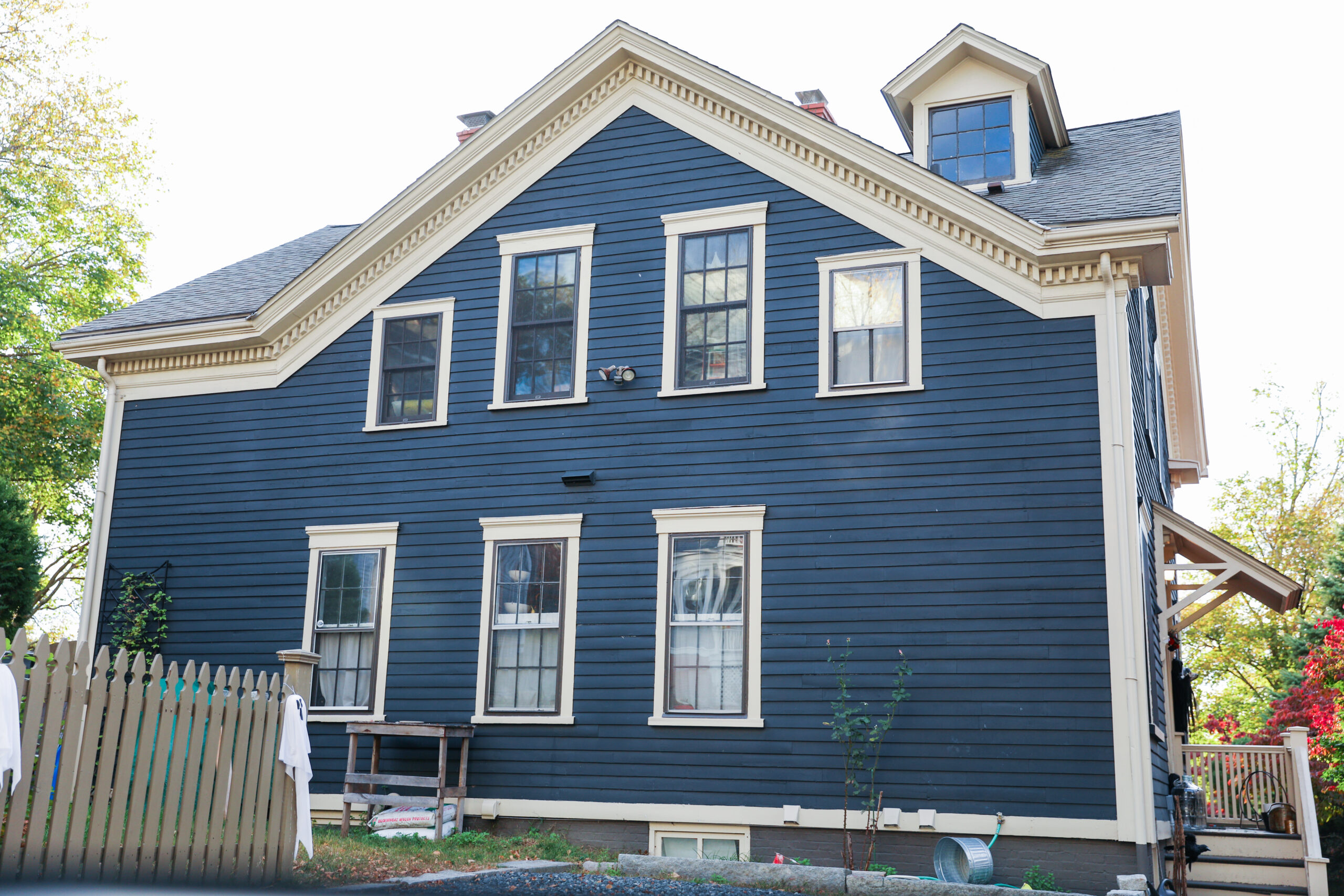
Welcome readers to our comprehensive guide on comparing siding materials to help you make an informed decision for your home exteriors. Siding plays a crucial role in protecting your home from the elements while also enhancing its aesthetic appeal. With various options available, it’s essential to understand the pros and cons of each siding material before making a choice.
The Timeless Appeal of Cedar Siding:
Climate Considerations: Consider your local climate when selecting siding materials. For instance, wood siding may not be ideal in humid climates prone to mold and rot, while fiber cement siding is suitable for all climates due to its durability and resistance to weather extremes.
Maintenance Requirements: Assess your willingness to perform regular maintenance tasks. Vinyl siding requires minimal upkeep, while wood siding demands more attention in terms of painting, staining, and repairs. Fiber cement siding falls in between, requiring occasional cleaning and inspections for damage.
Cost Comparison: Compare the initial cost, long-term maintenance expenses, and potential resale value of each siding material. While vinyl siding may have a lower upfront cost, wood and fiber cement siding offers better long-term value due to its durability and longevity.
Comparing Durability and Longevity
The durability of Vinyl Siding: While vinyl siding is durable and resistant to moisture, it may crack or fade over time, especially in extreme weather conditions. However, modern vinyl siding products are engineered to withstand the elements and maintain their appearance for years.
Maintenance Requirements: With proper maintenance, wood siding can last for decades, providing timeless beauty and warmth to a home’s exterior. However, neglecting maintenance can significantly reduce its lifespan and lead to costly repairs or replacement.
Resilience of Fiber Cement Siding: Fiber cement siding is renowned for its durability and resilience to fire, insects, and rot. It is designed to withstand harsh weather conditions and maintain its structural integrity over time, offering excellent longevity with minimal maintenance.
Aesthetics and Design Options
Aesthetics of Vinyl Siding: Vinyl siding offers a clean and uniform appearance, with a wide range of colors and styles to choose from. While it may lack the natural texture and warmth of wood, vinyl siding provides versatility and customization options to suit different architectural styles and preferences.
Design Options for Wood Siding: Wood siding provides endless design possibilities, from traditional clapboard to modern board-and-batten styles. It adds character and depth to a home’s exterior and can be customized with different finishes and treatments to achieve the desired look.
Aesthetic Versatility of Fiber Cement Siding: Fiber cement siding mimics the look of wood while offering more design versatility and superior durability. It is available in various textures and colors, including realistic wood grain patterns, allowing homeowners to achieve the look of wood without the maintenance requirements.
Environmental Impact
Eco-Friendliness of Vinyl Siding:Vinyl siding is not biodegradable and can release toxic chemicals during production and disposal. However, advancements in manufacturing processes have led to the development of more environmentally friendly vinyl siding products with reduced environmental impact.
Sustainability of Wood Siding: Wood siding sourced from sustainable forests can be environmentally friendly, but illegal logging and deforestation are significant concerns. To mitigate environmental impact, look for wood siding certified by organizations such as the Forest Stewardship Council (FSC) or choose alternative eco-friendly siding materials.
Environmental Impact of Fiber Cement Siding: Fiber cement siding is made from sustainable materials such as cement, sand, and cellulose fibers, making it a more eco-friendly option compared to vinyl and wood. It is durable, long-lasting, and recyclable, reducing waste and environmental footprint.
Maintenance and Upkeep
Maintenance Requirements for Vinyl Siding: Vinyl siding requires occasional cleaning but does not need to be painted or sealed like wood siding. Inspect for any damage or signs of wear and tear, such as cracks or loose panels, and repair as needed to prevent moisture infiltration and maintain the integrity of the siding..
Upkeep Needed for Wood Siding : Wood siding requires regular painting or staining to protect against moisture and UV damage. Inspect for signs of rot, decay, or pest infestation, especially in vulnerable areas such as joints, corners, and edges, and address any issues promptly to prevent further damage and deterioration.
Maintenance Tips for Fiber Cement Siding: Fiber cement siding is relatively low maintenance but may benefit from occasional cleaning and inspections for damage. Use a mild detergent and water solution to remove dirt, grime, and debris, and inspect for cracks, chips, or surface damage that may compromise the integrity of the siding.
Cost Comparison
Initial Cost of Vinyl Siding:Vinyl siding is the most affordable option upfront, making it popular for budget-conscious homeowners. However, consider the long-term costs of maintenance and potential repairs when comparing the overall value and return on investment.
Expenses Associated with Wood Siding : While wood siding may have a higher initial cost, ongoing maintenance expenses should also be considered. Factor in the cost of paint, stain, sealant, and repairs over the lifespan of the siding to determine the true cost of ownership.
Cost Considerations for Fiber Cement Siding: Fiber cement siding falls somewhere between vinyl and wood in terms of initial cost but offers excellent long-term value. While the upfront cost may be higher, the durability, longevity, and low maintenance requirements of fiber cement siding can result in significant savings over time.

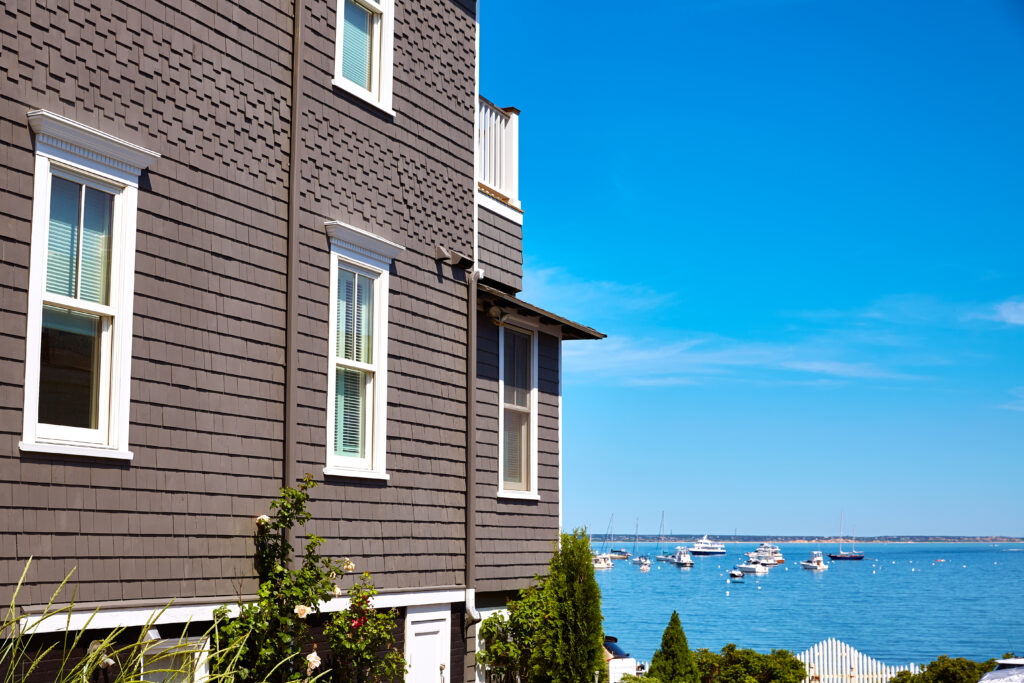
Conclusion
In conclusion, choosing the right siding material for your home involves considering various factors such as durability, aesthetics, maintenance requirements, and environmental impact. Whether you prefer the affordability of vinyl, the timeless appeal of wood, or the durability of fiber cement, weigh the pros and cons carefully to make the best decision for your home. Remember, investing in quality siding is an investment in the long-term protection and beauty of your home. Take your time to assess your needs, explore different options, and consult with professionals to make an informed choice that enhances the curb appeal and value of your property.





